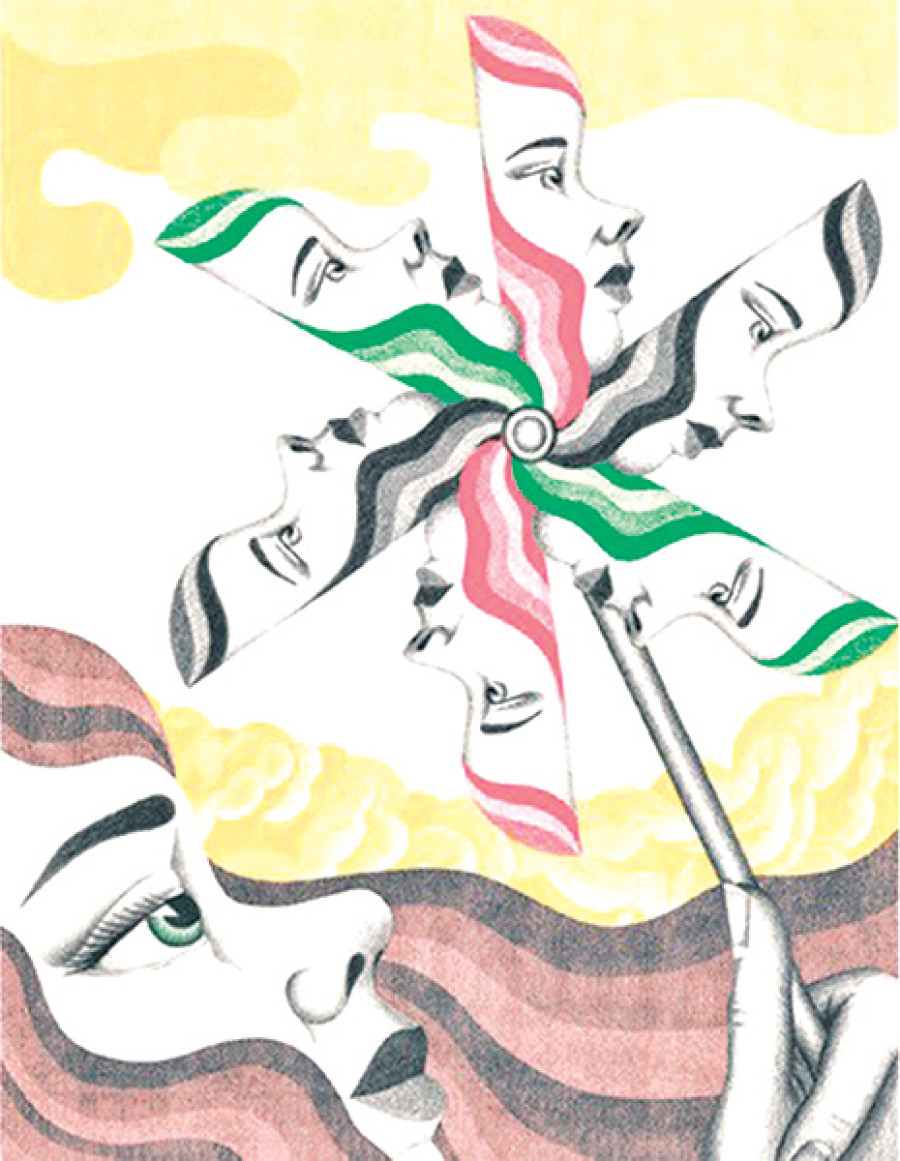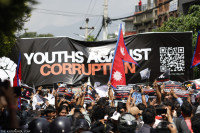Fri, Dec 19, 2025
Opinion
Elusive justice
Why have we let singular narratives define victimhood?
bookmark
Varsha Gyawali
Published at : November 14, 2018
Updated at : November 14, 2018 08:48
This month will mark the 12th year of the signing of the peace agreement between the government and the then Community Party of Nepal (Maoist). Amongst the many accomplishments and failures of the agreement, transitional justice has consistently been pitched as the last ‘goal’ for this long-drawn peace process to reach its completion. In the last few months, few important milestones have been made in this respect. After Nepali victim leaders—working in conjunction with members of the civil society and backed by Supreme Court rulings—worked relentlessly to exert pressure, the government has finally drafted a bill on the amendment of the Transitional Justice Act 2014. The new criminal code also came into effect in August 2018, replacing the ‘Muluki ain,’ which will have direct implications on how some of the gross human rights violations during the 10-year long armed-conflict will be viewed and addressed.
While the recent political and legal debates on the amended Act and the new criminal code continue, it is inherently crucial for policymakers to recognise the centrality of the victims’ identity and their voices in the broader transitional justice discourse, as most victim leaders often reiterate. Recognition as a ‘victim’ is an important (yet divisive) status for the victims of Nepal. On one hand, the term forms the basis for claim-making and shapes how victims interact with the state. On the other, it is also an identity that isolates, excludes, stigmatises and sometimes, empowers them in the confines of their private domestic spaces and within the community they live. Here, I focus on the latter by highlighting the stories of on marginalised women I have met in Bardiya, where victimhood has manifested itself in different forms over the past decade and ushered in new experiences for them—both good and bad.
So, how do women victimised during the armed-conflict, mostly from Tharu and dalit communities, make sense of justice? First, their narratives are usually personalised, contextualised within their lived
experiences and rooted in their culture and local realities. In many of the interviews I conducted, ‘justice’ was explored through the lens of ‘injustice’ as women explored these ideas by identifying victims of injustice and the prepretrators behind the acts.
For example, for the wives of the missing men in the conflict, the inability to mourn and conduct death rituals for their husbands was intrinsically associated with a sense of injustice that they continued to endure. Second, justice was also understood and often related with women’s experiences of discrimination and marginalisation. Women talked about how they were socially ostracised by their husband’s family and the community for being single women—in some cases, belittled and looked upon with suspicion. They were often considered to bring shame to their families and blamed for what had happened in the past. Women also narrated their struggles in inheriting their husband’s land and problems they faced in acquiring citizenship. In the highly stratified and patriarchal Nepali society, for those women whose husbands disappeared, sociocultural norms placed an additional burden, given that they could claim neither the title ‘widow’ nor ‘wife,’ which brings severe implications for their social and economic status and access to resources.
Then, there are those women whose victimisation had been further perpetuated by the Nepali domestic law. In the past, victims of torture and sexual violence were not recognised within the qualifying category to receive compensation through the government’s Interim Relief Program. Having no comprehension of the problematic legal system, the reality in the villages of Baridya is that many victims feel discriminated by the formal justice system. Talking about her neighbour whose husband was disappeared by the state during the conflict, a young woman who had suffered torture by the Army during the conflict period said: ‘I understand her pain, she lost her husband. But the government gave her compensation for it. I also suffered. But why doesn’t the government see this? Why was she given money and not me? Is her suffering more than mine?’
Post-conflict societies like Nepal are deeply divided and are characterised by distrust, factionalism, suspicion within and amongst communities where victims from different warring factions live in close proximity. It can be argued that in such societies, the experiences of some groups revolve more around justice than others and sometimes, one victim category receives more prioritisation over the other. Added to that are the legal inconsistencies that function as a form of exclusion and contribute to the creation of hierarchies between different victim categories. This raises a pertinent question: Why has one type of victimhood become more important than others?
The silver lining in all the stories of victimhood I heard was the subtle, almost hidden, narratives of agency and empowerment. Perhaps the most dramatic impact of the armed conflict has been how women demonstrate a radical transformation in their lives that challenge the roles that were defined by their traditional identities. Women became the heads of households, they joined politics and they participated in public spaces. In Bardiya, I heard real stories of victims’ agency where women had created a collective identity for themselves through locally rooted victim groups, which had enabled them to break away from the past and helped create spaces for collective struggles for change. But often, their stories of victimhood overpowered any sense of agency.
12 years on, victimhood persists and the demands of victims in terms of ‘real’ justice v remain elusive, lingering within the Nepali political narrative. Before the Truth and Reconciliation Act is tabled and approved by Parliament, policymakers must have the ambition to go beyond a certain narrative or construct and show greater willingness to give space to the victims, their lived experiences, and forms of knowledge that can perhaps assist in transforming Nepali society more holistically.
Gyawali is a PhD researcher at Centre for Trust, Peace and Social Relations at Coventry University, UK.
Editor's Picks
E-PAPER | December 19, 2025
×




 18.12°C Kathmandu
18.12°C Kathmandu










